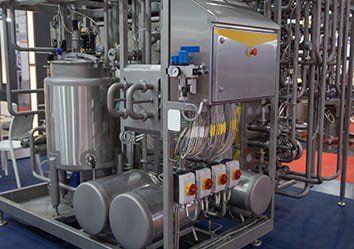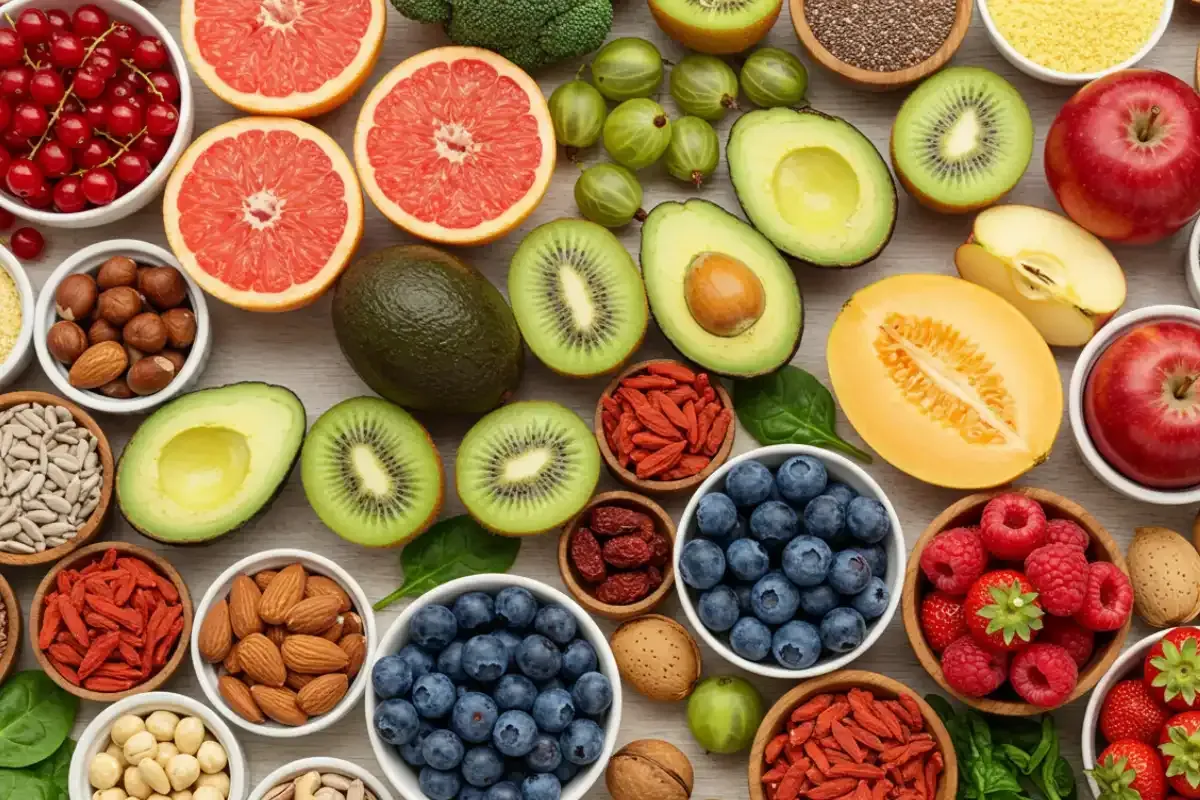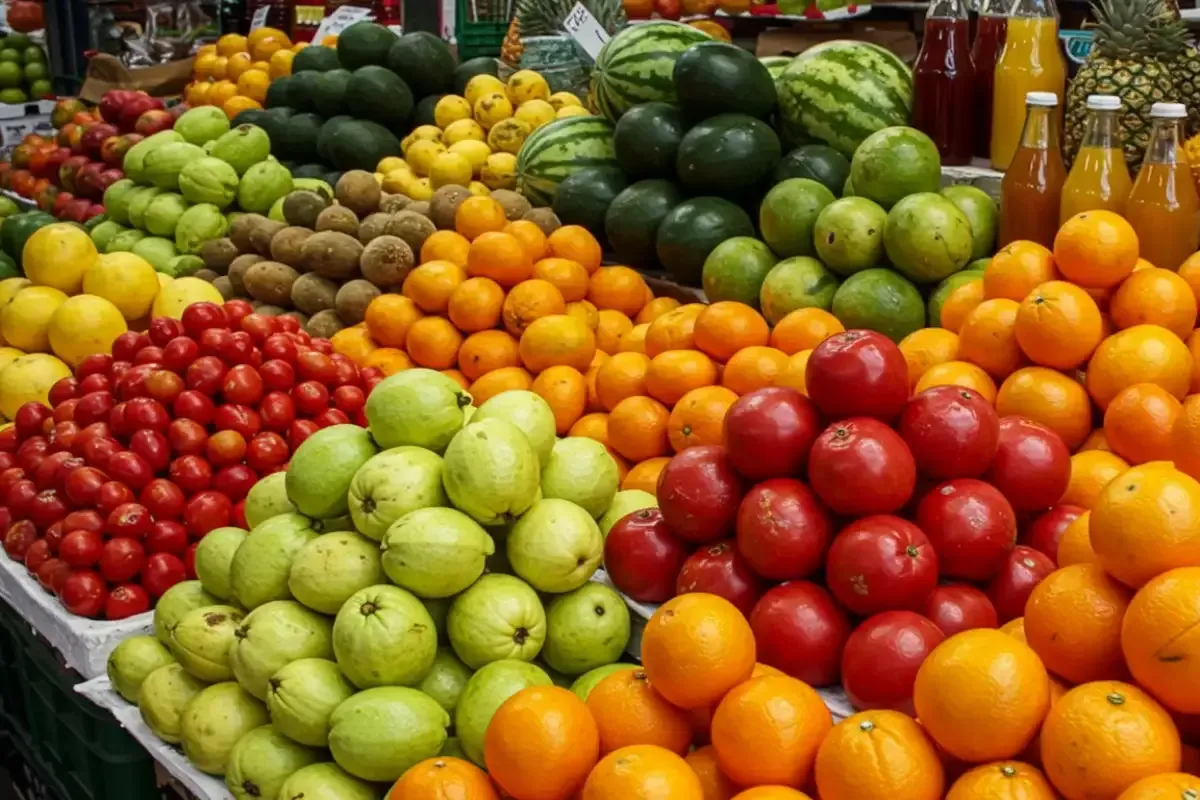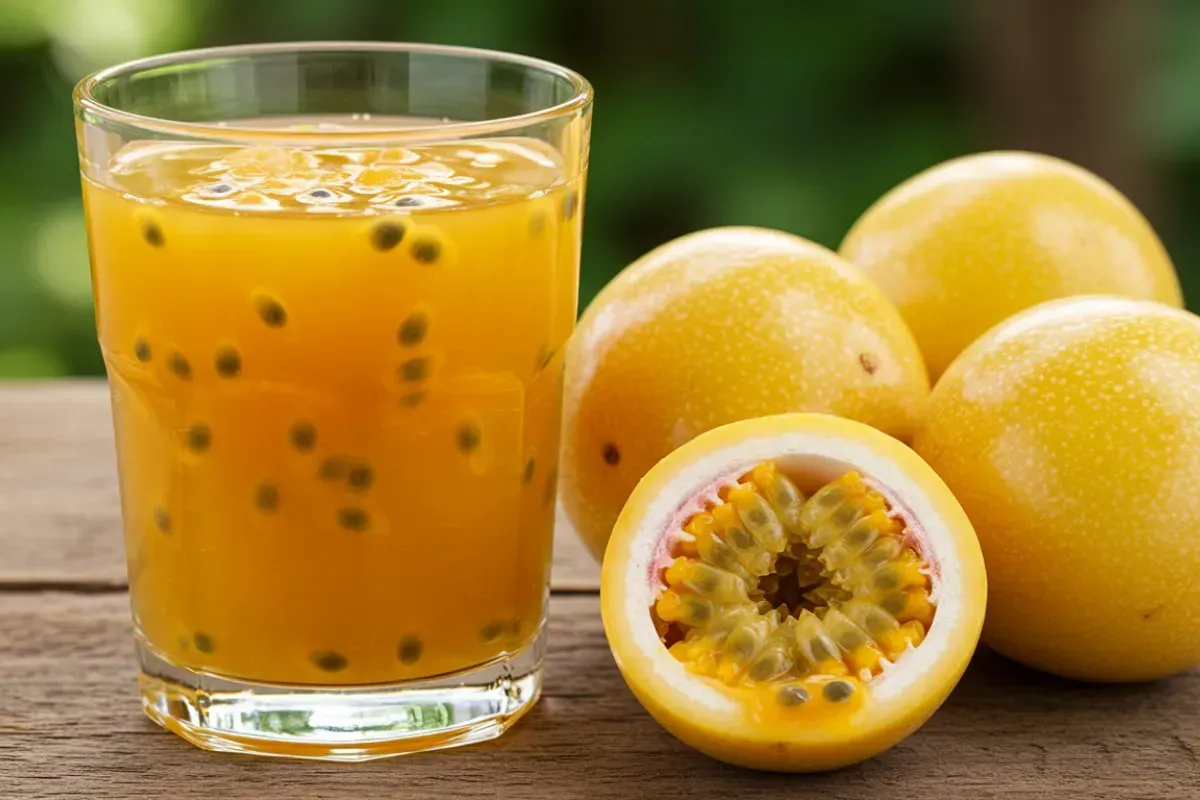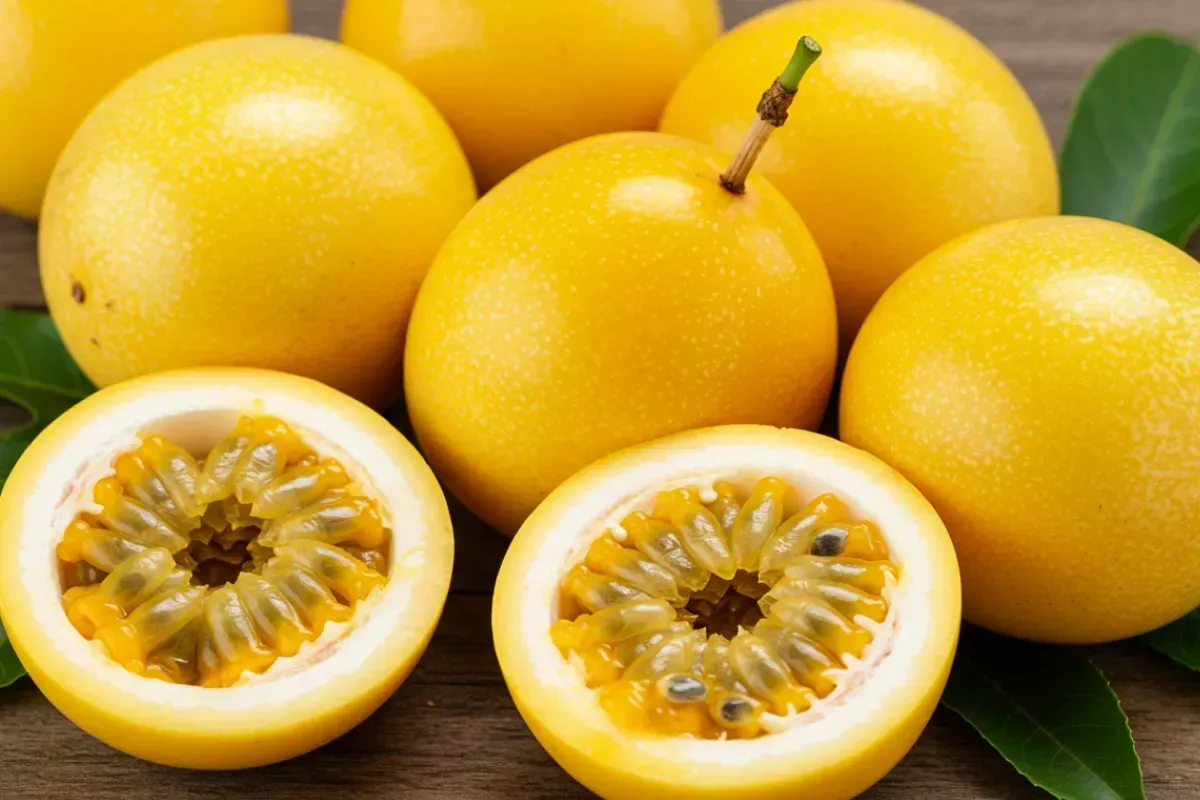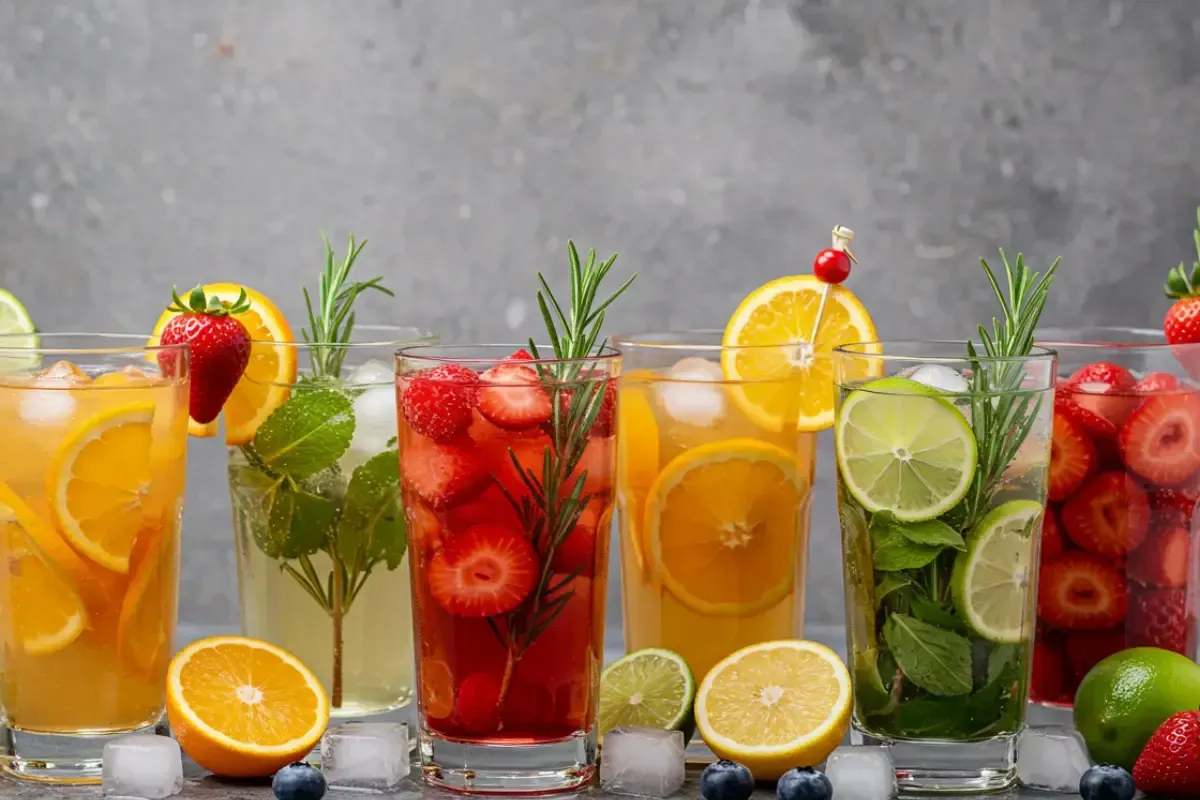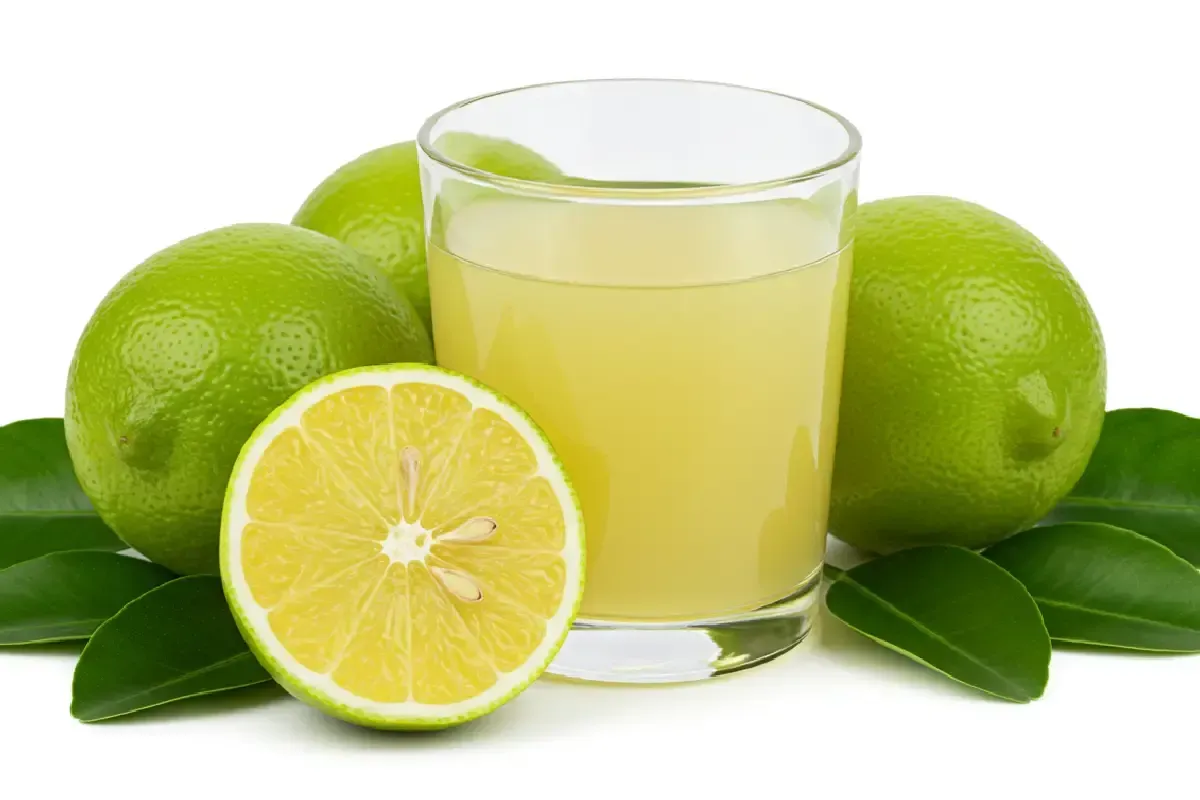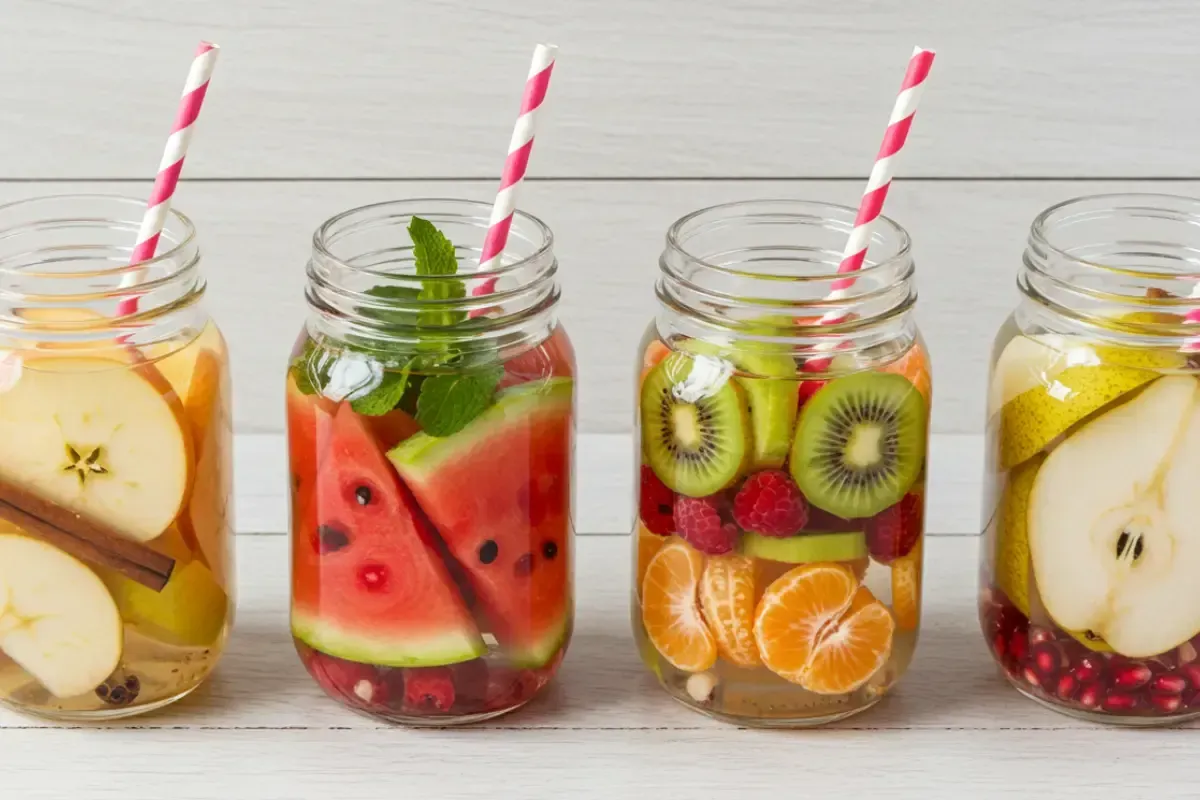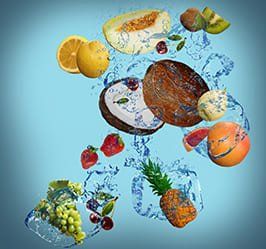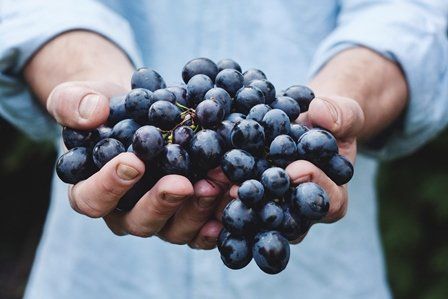Aseptic Fruit Puree: Production and Applications in Food
Alimentos SAS • Mar 02, 2022
Certainly, food manufacturers benefit from using the best and most convenient materials to create their products. Today, many segments of the industry rely on fruit purees to reduce artificial additives and ingredients and favor a more natural approach to their offer. Keep reading to discover the advantages of aseptic fruit puree, plus how it is made.
A quick look into food preservation and safety
Humanity has preserved food for millennia. Historians believe agriculture and food preservation allowed human societies to settle by providing food and making it possible to store it safely in bulk. Some common methods hailing from history include cooling, freezing, boiling, drying, smoking, pickling, sugaring, and salting (SmartSense, 2018).
Today, these processes have been improved and finessed. For example, fruit drink concentrates, jellies, and all types of jams are sugar-conserved. Sterilized, sealed packaging provides protection against any contamination and gives products a longer shelf life (Food and Agriculture Organization of the United Nations, n.d.).
So it is no understatement that food safety is paramount in the industry. Manufacturers everywhere need to guarantee that their products are safe for consumption. Consequently, there are many things they can do to ensure this while satisfying consumers’ demands. Some use tried-and-tested methods, like freezing and heating. Others even lean into clean food trends and employ natural preservatives instead of artificial ones, for example.
The rise of aseptic processing
The race for safer food production has led to aseptic processing. Essentially, it is the processing and packaging of a sterile product into sterilized containers in sterilized environments. It aims to prevent any viable microbiological contamination or recontamination of the sterile product (Kadam et al., 2015).
The main benefits of aseptic products are (Kadam et al., 2015):
- Longer shelf life.
- Wider range of packaging sizes.
- More container materials.
- Improved nutritional and sensory properties.
Aseptic fruit puree production and advantages
As mentioned, many food industry segments use fruit purees as an ingredient. Why? Firstly, they act as natural taste, color, and texture enhancers. In fact, they instill a non-artificial intense fruit flavor into food products. Secondly, they also work as natural sweeteners. And last but not least, fruit purees bring an important nutritional content (Grand View Research, 2020; Allied Market Research, 2021; Transparency Market Research, 2021).
Moreover, the pulp of fruit stands out among other natural ingredients, like fresh produce or even frozen fruits. The reason is simple but powerful for producers: it is more efficiently handled (Allied Market Research, 2021).
All these properties become enhanced in aseptic fruit puree. Let’s see how.
Producing aseptic fruit puree
Typically, aseptic processing relies on rapid heating. It can be done by passing food through a heat exchanger, injecting steam into the product, or microwaving. After cooling, the food is put into a machine that sterilizes the packaging material, fills the sterile product in the container, and seals it (Pai, 2019).
Aseptic processing favors food safety while still guarding the product’s color, flavor and nutritional content. It does so by using Ultra High Temperature (UHT) processes, which apply temperatures around 135 to 155°C for just a few seconds (Pai, 2019). As a result, food goods retain quality and become safe without being overly processed (Main, 2007).
Benefits of aseptic fruit puree
As previously said, fruit purees are used in different food businesses. They are especially popular in segments like beverage, dairy, confectionery, baby food and baked goods (Grand View Research, 2020). Aseptic fruit puree is even more beneficial in food production due to (Coronel, n.d; Hop Promoter, 2019):
- Enhanced flavor concentration as a result of the UHT processing.
- Guaranteed safety for consumption with a longer shelf life than other types of preserved products, such as canned goods.
- Elimination of artificial preservatives, making final products more natural and aligned with clean-eating consumer demands.
- Higher consistency as an ingredient than fresh or other preserved products.
- Logistical convenience over frozen fruit and fresh produce. It is more easily transported and stored due to its shape and size. Moreover, it does not need refrigeration and is conveniently packaged.
- Availability and readiness of use.
As food manufacturers need to reconcile cost-effective operations with making products that meet consumers’ demands, ingredient options like
aseptic fruit puree lead the way.


